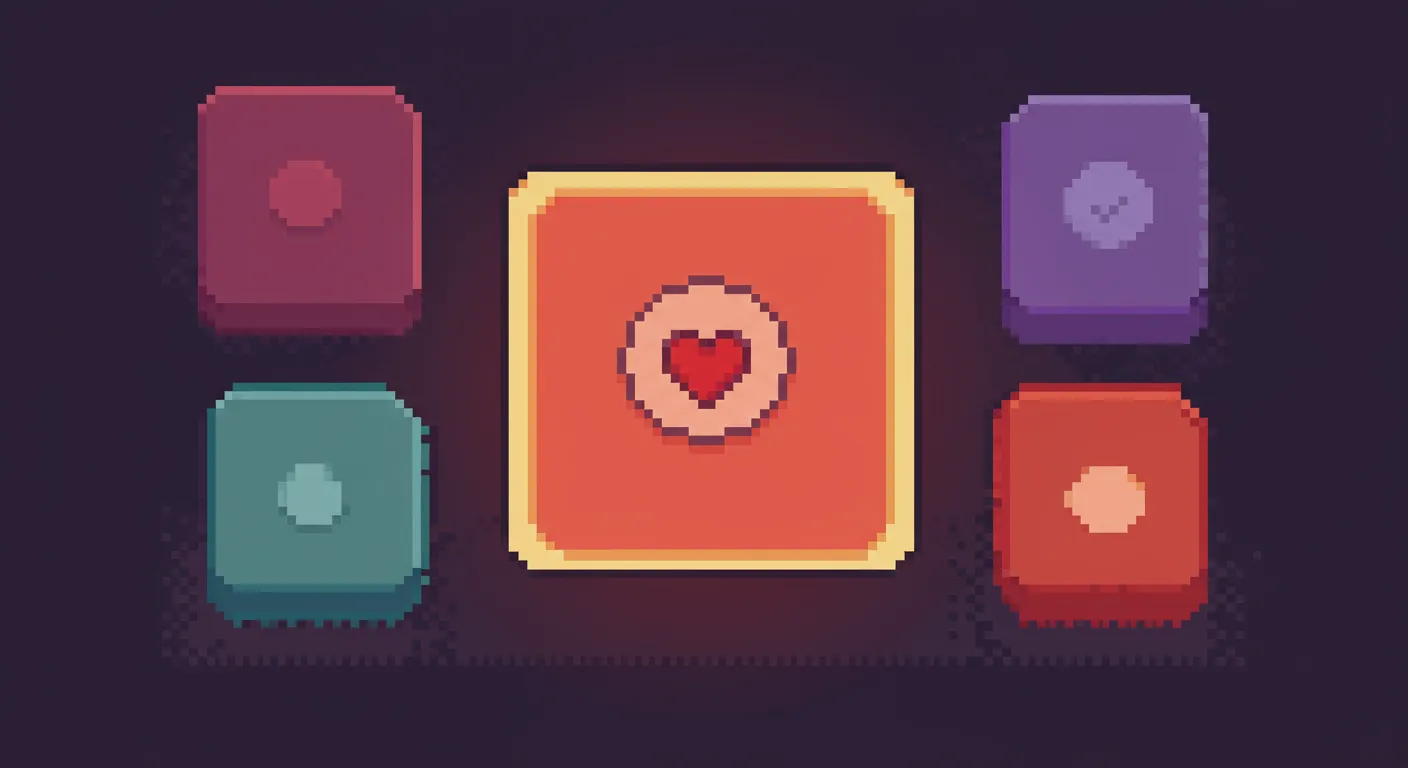In the ever-evolving world of software development, a new tool is emerging to solve a persistent pain point for Python developers: turning functional code into shareable applications. Davia, created by a trio of ML engineers, aims to bridge the gap between backend functionality and frontend presentation with minimal friction.
The core challenge is familiar to many developers: you've written a useful Python function, but transforming it into a user-friendly web app feels like an insurmountable hurdle. Existing solutions like Streamlit and Gradio offer quick prototypes, but quickly reveal limitations when more sophisticated interfaces are required.
Davia's approach is refreshingly straightforward. Developers can keep their Python workflow intact, simply decorating the functions they want to expose. The tool automatically generates a FastAPI server and creates an interface through a conversational prompt, effectively turning complex backend logic into a deployable application with minimal overhead.
The platform shows particular promise in the AI tooling space, with tight integration for LangGraph. This means developers working on agent-based systems or complex workflows can rapidly transform their code into interactive applications without context-switching or learning new frameworks.
While still in early stages, Davia represents an intriguing solution to a problem many Python developers have silently wrestled with: making their backend work immediately accessible and user-friendly.


